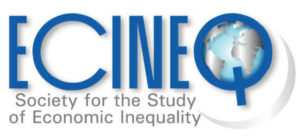The Distributional Impact of Inflation in Pakistan
Working Paper 2025-679
Abstract
This paper developed a microsimulation model to simulate the distributional impact of price changes using Household Budget Survey data, Income Survey data and an Input Output Model. The primary purpose is to describe the models components. The secondary purpose is to demonstrate one component of the model by assessing the distributional and welfare impact of recent price changes in Pakistan. Over the period of November 2020 to November 2022, headlineinflation 41.5%, with food and transportation prices increasing most. The analysis shows that despite large increases in energy prices, the importance of energy prices for the welfare losses due to inflation is limited because energybudget shares are small and inflation is relatively low. The overall distributional impact of recent price changes is mildly progressive, but household welfare is impacted significantly irrespective of households’ position along the incomedistribution. The biggest driver of the welfare loss at the bottom was food price inflation, while inflation in other goods and services were the biggest driver at the top of the distribution. To compensate households for increased living costs,transfers would need to be on average 40% of pre-inflation expenditure. Behavioural responses to price changes have a negligible impact on the overall welfare cost to households.
Authors: Cathal O’Donoghue, Beenish Amjad, Jules Linden, Nora Lustig, Denisa Sologon, Yang Wang.
